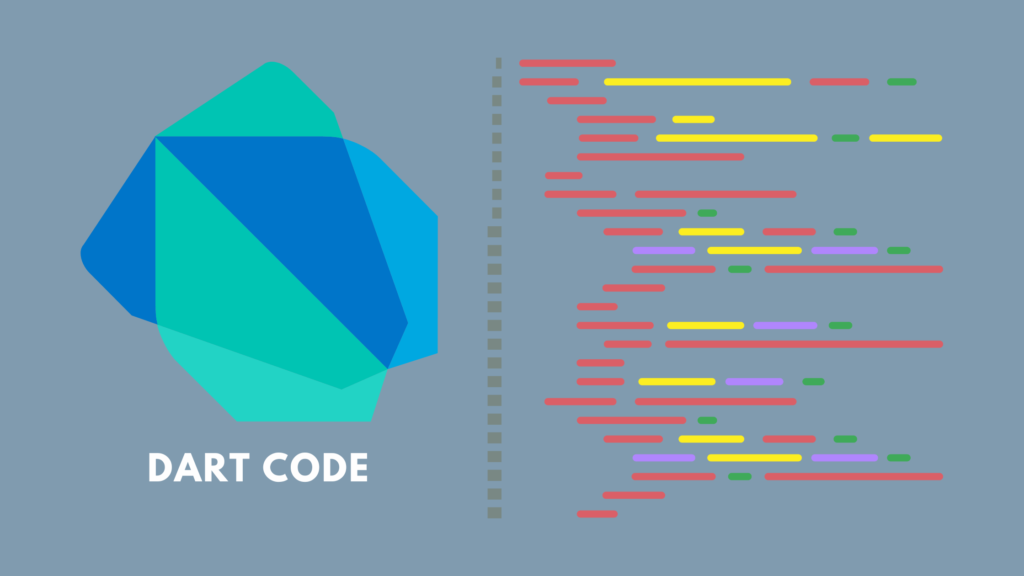Dart, a programming language developed by Google, has quickly gained popularity for its versatility and performance. Whether you’re a seasoned programmer or just starting your coding journey, having a few “cheat codes” up your sleeve can make your Dart experience even more efficient and enjoyable. In this blog, we’ll delve into some handy Dart tips and tricks, accompanied by real-world examples that showcase their power.
1.Smart Usage of Null Safety:
Dart’s null safety feature is a game-changer in preventing null reference errors. To efficiently handle nullable values, use the null-aware operator (?.) and the null-coalescing operator (??).
Example:
String? name; String displayName = name ?? "Guest"; print(displayName); // Output: Guest
2.Map and List Manipulation:
Dart offers concise ways to manipulate lists and maps using functions like map, where, reduce, and more.
Example:
Listnumbers = [1, 2, 3, 4, 5]; List doubled = numbers.map((number) => number * 2).toList(); print(doubled); // Output: [2, 4, 6, 8, 10]
3.Map and List Manipulation:
Dart offers concise ways to manipulate lists and maps using functions like map, where, reduce, and more.
Example:
String name = "Alice"; int age = 30; String introduction = "My name is $name, and I am $age years old."; print(introduction); // Output: My name is Alice, and I am 30 years old. String multiline = ''' This is a multiline string example. '''; print(multiline);
4.Collection Spread Operator:
The spread operator (...) allows you to combine lists and maps effortlessly.
Example:
Listlist1 = [1, 2, 3]; List list2 = [4, 5, 6]; List combined = [...list1, ...list2]; print(combined); // Output: [1, 2, 3, 4, 5, 6]
5.Async and Await:
Dart’s asynchronous programming is simplified with async and await, making asynchronous operations more readable.
Example:
FuturefetchData() async { print("Fetching data..."); await Future.delayed(Duration(seconds: 2)); print("Data fetched!"); }
These “cheat codes” for Dart provide you with shortcuts to navigate the language more effectively. By incorporating these tips into your coding repertoire, you’ll write cleaner, more efficient code and save time in the process. As you explore Dart further, remember that practice and experimentation are key. By mastering these tricks, you’ll be well-equipped to tackle a wide range of projects with confidence and finesse.



